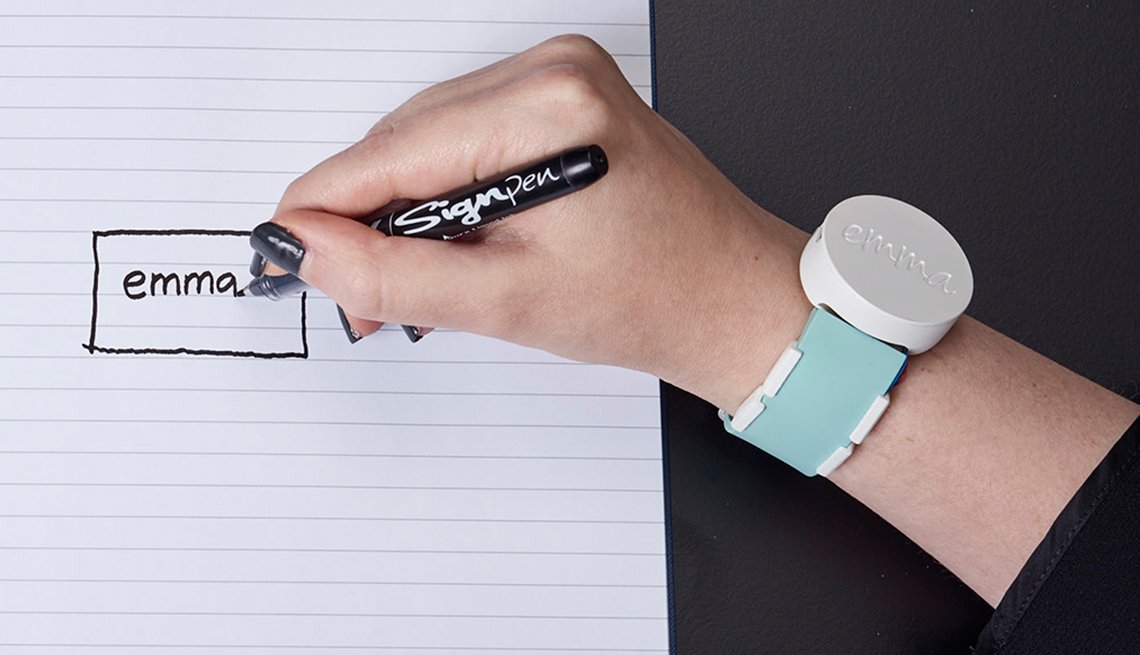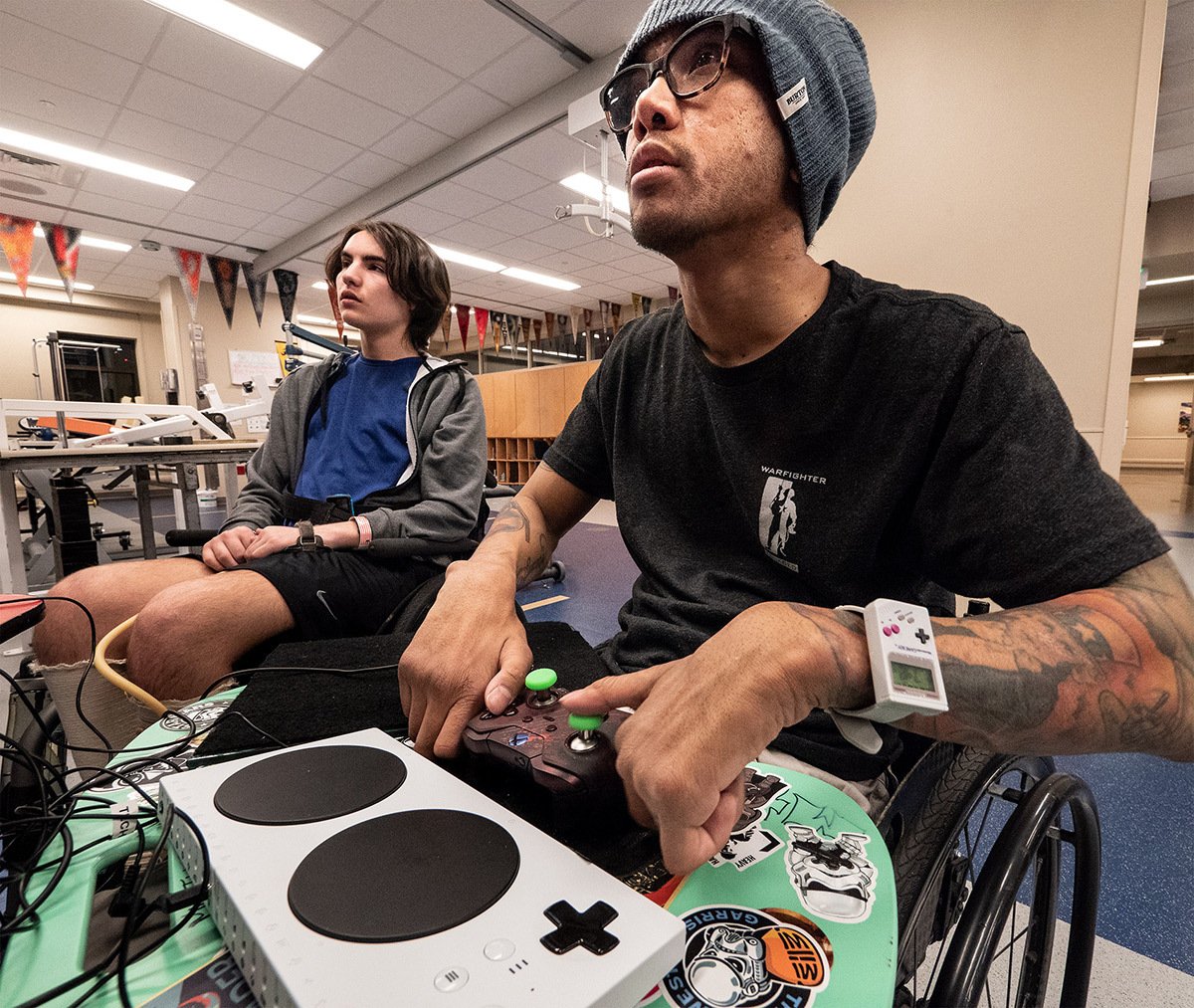Microsoft's AI for Accessibilty program: What it is, and why it's important
Microsoft's $25 million AI for Accessibility program positions the company's accessibility mission on the cutting edge.

Microsoft announced AI for Accessibility during its 2018 Build developer conference. This multi-million dollar grant program helps companies harness the power of Microsoft's AI and cloud to enhance human capabilities for the one billion people living with disabilities.
Admittedly, Microsoft and others are partially motivated to promote inclusion to escape legal backlash, avoid negative perception for exclusionary behavior, and enhance revenue by embracing more customers. It would be naïve to assume these factors have no bearing on accessibility efforts.
It's shortsighted, however, to presume those factors are driving Microsoft's inclusive design and hiring practices. I believe Microsoft's accessibility mission is driven by the empathy of its CEO Satya Nadella.
Related
- How Microsoft helped the deaf to hear
- How Microsoft helped people with ALS regain mobility
- Microsoft teaches blind children to code and gamifys disease treatment
- Microsoft's Autism Hiring Program
The mission's core
Accessibility progressed from being part of Microsoft's mission to being core to its identity after Nadella became CEO. The empathy Nadella learned through parenting a son with severe Cerebral Palsy and seeing the world through his eyes is helping Nadella shape Microsoft into a company that considers accessibility and inclusion fundamental qualities of its products, services and hiring practices rather than secondary modifications of the same. Thus, AI for Accessibility targets:
- Employment — AI positively influences workplace culture, hiring practices and professional development for people with disabilities.
- Modern life — AI "sees, hears and reasons" via affordable software and devices, providing people with disabilities greater autonomy.
- Human connection — Technology enables equal opportunities to access information.
From AI-driven apps that help the blind to an Adaptive Controller that brings gaming to millions, Microsoft's striving, though more progress must be made, to embrace the disabled masses.
The apps
Incredible news for #SeeingAI! Huge honour for the team and @Microsoft. Thank you to everyone who has used and voted! Wow. #accessibility Congrats @anirudhkoul @saqibs!! https://t.co/51K8tVe415Incredible news for #SeeingAI! Huge honour for the team and @Microsoft. Thank you to everyone who has used and voted! Wow. #accessibility Congrats @anirudhkoul @saqibs!! https://t.co/51K8tVe415— Jenny Lay-Flurrie (@jennylayfluffy) May 19, 2018May 19, 2018
Today 253 million people are living with visual impairments. Microsoft's Seeing AI app for iOS uses its cognitive services and AI to perceive the world, objects, text and more. Seeing AI was inducted into the AppleVis iOS App Hall of Fame, and Microsoft was awarded the American Foundation for the Blind's (AFB) prestigious Helen Keller Award for its inclusion work.
All the latest news, reviews, and guides for Windows and Xbox diehards.
Microsoft's Soundscape uses 3D audio technology to enable "users to place audio cues in 3D space." These cues sound like they're coming from points of interest and more in a user's surroundings.
Another 466 million people are living with disabling hearing loss. Microsoft Garage's Hearing AI iOS app, a completed experiment, provided visualizations of ambient sounds, notifications for sound changes and real-time speech transcription.
The projects

Microsoft's Director of Innovation Haiyan Zhang created the Emma Watch that abated Parkinson's Disease-induced tremors and prevented a woman named Emma Lawton from writing her name. Through Project Emma, Microsoft's using tech to fight Parkinson's, which affects 10 million people worldwide.
Microsoft's Project Emma combats Parkinson's Disease
Microsoft helped former NFL star Steve Gleason, who's living with Amyotrophic Lateral Sclerosis (ALS), regain speech and mobility through eye-tracking tech built into Windows 10 and a modified wheelchair.
Project Fizzyo uses a video game to encourage children with Cystic Fibrosis to receive life-saving treatments, while Project Torino teaches blind children how to code. The Helpicto app uses pictograms to help children who are nonverbal communicate.
Microsoft's new Xbox Adaptive Controller enables people with disabilities to play video games. The controller is littered with ports, allowing for a variety of modifications to meet diverse accessibility needs. Amidst the celebration from gamers, Xbox head Phil Spencer acknowledged the Adaptive Controller can be a "platform" expanded upon beyond gaming.

Image Credit: Microsoft
Microsoft's Autism Hiring Program successfully recruits people with autism by tailoring the hiring process to avoid practices that inherently work against people with the condition.
Additionally, Microsoft was selected to sponsor the 2018 Special Olympics in Seattle, Wash. With an expected 50,000 visitors, Microsoft vice president Brad Smith hopes to transform Seattle into a city of inclusion. Through 10,000 volunteer positions, youth-led initiatives, special events for the broader community, unified sporting events and simply cheering on participants, Microsoft's beckoning everyone to participate.
Microsoft promotes city-wide inclusion as Special Olympic sponsors
Family-inspired, empathy-driven inclusion
Microsoft's AI for Accessibility initiative isn't a standalone effort. It's buttressed by Microsoft's mission to embrace people of varying abilities. Nadella's experience-driven empathy for people with special needs (as a father of two children with disabilities) is the fire molding Microsoft's inclusion mission.
The philanthropic efforts of corporations are often scrutinized as being self-serving. In Microsoft's case, I think the drive toward inclusion is sincerely driven by Nadella's empathy, which he admits made him both a better person and CEO.
How fathering a son with disabilities helped Microsoft's CEO transform a company

Jason L Ward is a Former Columnist at Windows Central. He provided a unique big picture analysis of the complex world of Microsoft. Jason takes the small clues and gives you an insightful big picture perspective through storytelling that you won't find *anywhere* else. Seriously, this dude thinks outside the box. Follow him on Twitter at @JLTechWord. He's doing the "write" thing!
